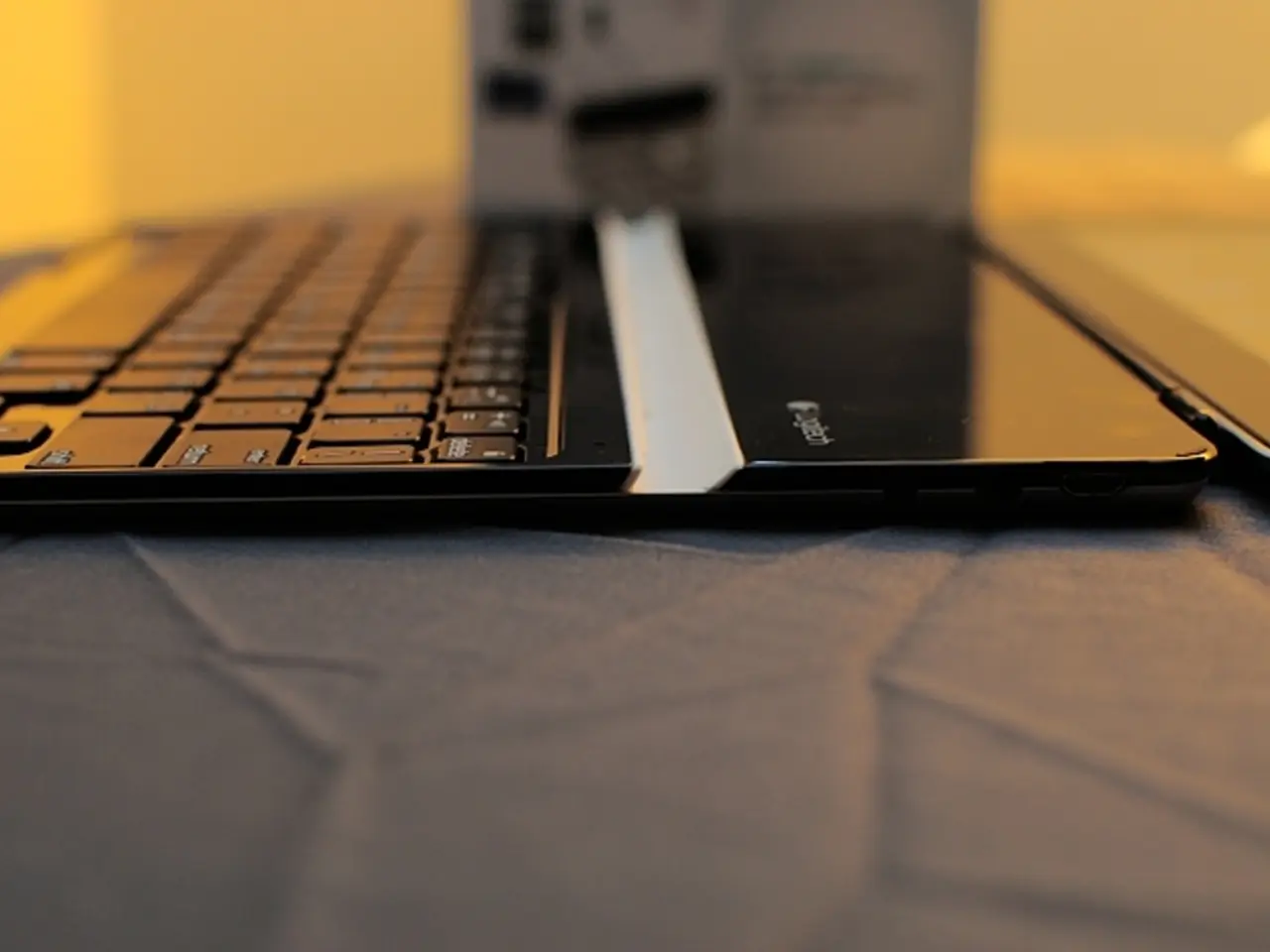Collision Resolution Method in Data Hashing Using Quadratic Probing
Quadratic probing is a collision resolution technique used in open addressing hash tables, where collisions are resolved by probing the hash table using a quadratic function. Instead of checking the next slot linearly (like in linear probbing), it checks slots based on the sequence \( i^2 \), where \(i\) is the attempt number.
### Implementation in a Hash Table
In a hash table, given a hash function \( h(k) \) that returns an initial index for a key \( k \), and a hash table array of size \( tsize \), the algorithm for inserting a key \( k \) is as follows:
1. Compute the initial hash index: \( hv = h(k) \). 2. If the slot \( table[hv] \) is empty, insert \( k \). 3. Else, perform quadratic probing: - For \( j = 1 \) to \( tsize-1 \), compute a new index:
\[ t = (hv + j^2) \bmod tsize \]
- Check if \( table[t] \) is empty; if yes, insert \( k \). - If the table is full or no empty slot is found, insertion fails.
### Time Complexity
The average time complexity for insertion and searching is approximately **O(1)** if the load factor is low and the hash function distributes keys uniformly. However, in the worst case, probing could check almost all slots, resulting in **O(l)** per operation, where \( l \) is the size of the hash table. For n insertions, worst-case complexity is **O(n * l)**.
### Potential Issues
Quadratic probing has some potential issues, such as secondary clustering, incomplete table coverage, table size constraints, and complexity compared to linear probing.
Secondary clustering occurs due to keys with the same initial hash index following the same probe sequence, causing some clustering but less severe than linear probing. Incomplete table coverage means that quadratic probing does not guarantee that an empty slot will be found even if one exists because the sequence of probed indices might not cover all slots. This means insertions can fail prematurely.
To ensure that quadratic probing can find an empty slot if one exists, the table size \( tsize \) is often chosen as a prime number, and the step function is designed carefully to guarantee coverage over the table. Quadratic probing is more complex due to quadratic computations, although still efficient.
### Summary Table
| Aspect | Description | |-------------------------|-----------------------------------------------------------| | Collision Resolution | Probing indices by quadratic increments: \( hv + i^2 \) | | Use Case | Open addressing hash tables | | Average-case Complexity | \(O(1)\) with low load factor | | Worst-case Complexity | \(O(n \times l)\) where \( n \) = elements, \( l \) = table size | | Advantages | Reduces primary clustering compared to linear probing | | Disadvantages | May fail to find free slot even when one exists; secondary clustering; needs prime table size |
In conclusion, quadratic probing improves collision resolution compared to linear probing by using a quadratic sequence to reduce clustering. However, it has its own limitations in coverage and potential insertion failures. Proper table sizing and load factor management are crucial to maintain efficiency.
- In the context of a hash table, quadratic probing can be implemented using arrays and algorithms, where the hash function generates an initial index, and the Hash Table Trie data structure is utilized to store the keys.
- When comparing various hash functions used for data-and-cloud-computing, quadratic probing stands out for its non-linear approach to collision resolution, employing math and hashing to check slot locations based on the sequence i^2, where i is the attempt number.
- In the realm of technology, quadratic probing is a crucial collision resolution technique, especially in open addressing hash tables, where it is applied to reduce clustering, thus improving data organization and storage efficiency.




